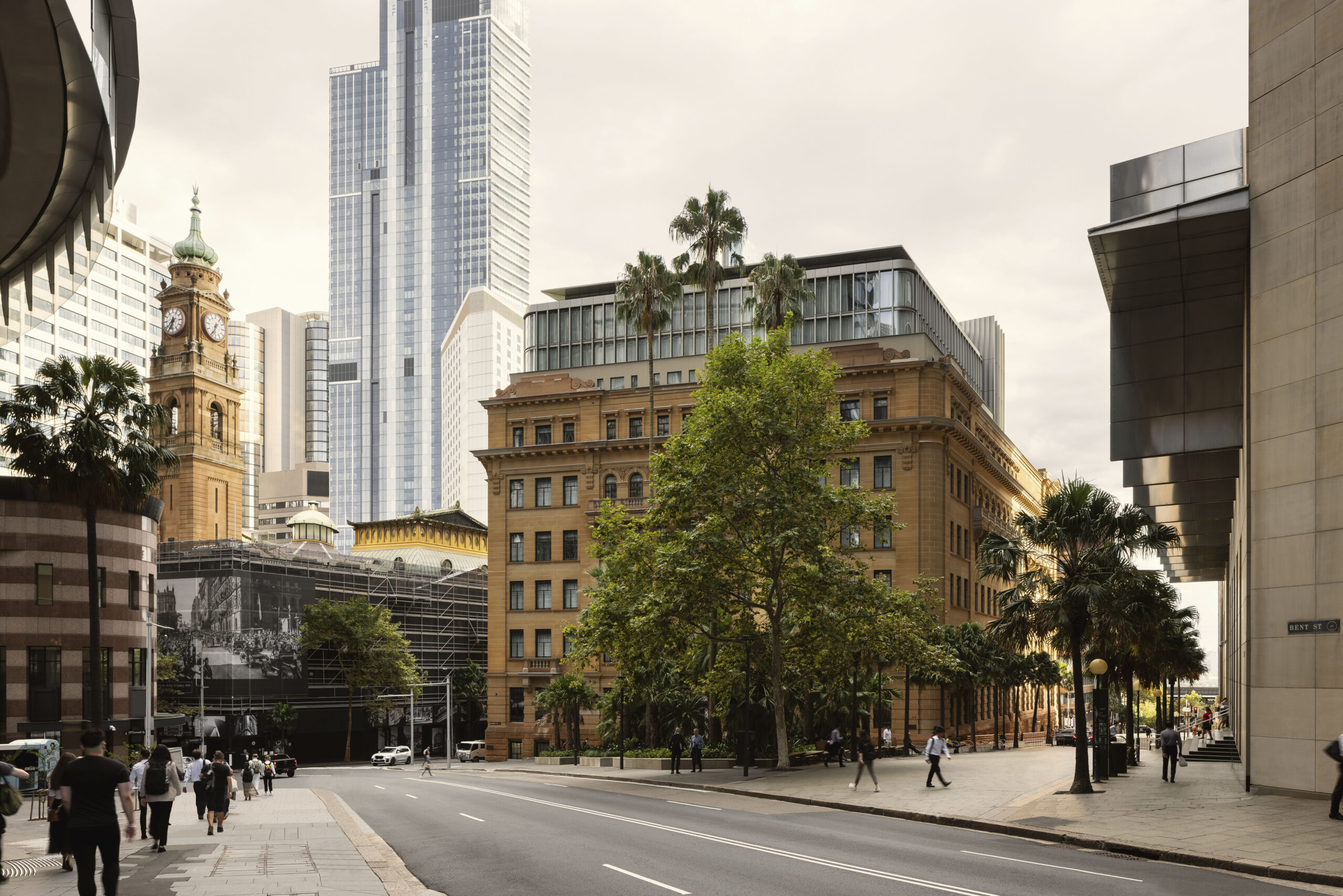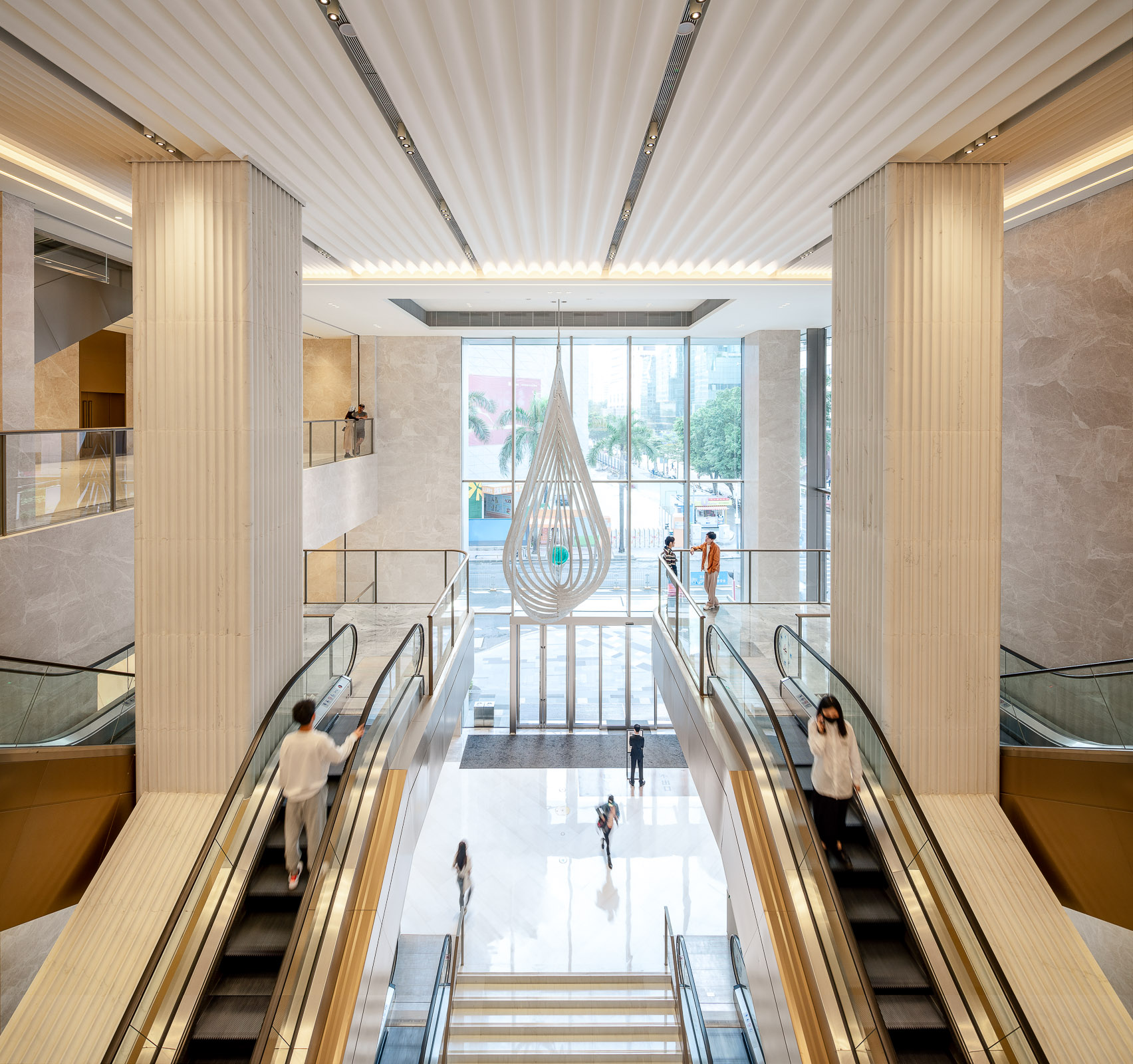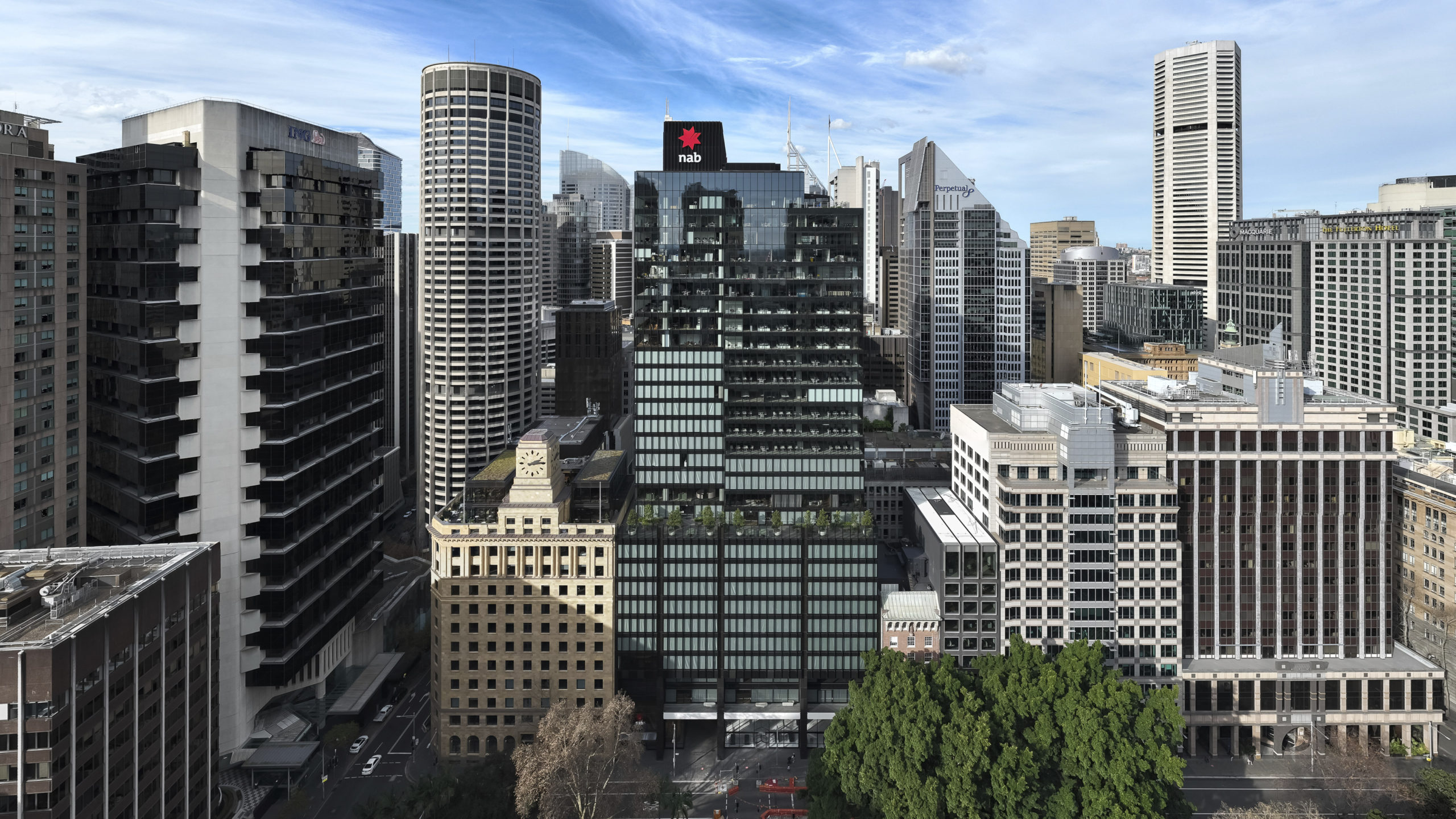

Therefore, it is important to have not only a client or user heavily involved in the design process before construction, but also the designer involved with the user experience after construction – a phase where architects are usually left out.


Practically, the lessons learnt from post-occupancy evaluations on a project can then be utilised to bring about change for that particular project and to inform future design in the following ways:
- Intervention design: altering aspects of the building that can be changed relatively easily to increase user satisfaction (short-term)
- Renovation design: using more appropriate space divisions, materials, systems and building skins when renovating the building (medium-term)
- Future building design: avoiding problems that can’t be resolved in the current building in future projects (long-term)
POE and sustainability
POE is especially important in sustainable architecture, where it serves as a hypothesis testing for innovative projects by testing and monitoring them after completion.
Innovation and new techniques can bring unintended consequences, so it is important to see which projects are moving in the right direction.
Sustainable buildings are not just about one way of construction or combining a few techniques; we have to understand the effectiveness of sustainable design strategies in relation to context, climate, scale, type of use, user, client and city. POE can reveal why a certain technique works well on one project but fails on another by surveying actual performance, any improper usage which can cancel out environmental goals, and the social and psychological effects of a building on its users. This will lead to even more successful designs with a high level of comfort. Newly built environments will therefore progressively perform better than those preceding them.
Existing standards and methods
Many kinds of POEs already exist, although they are not often used. There is not a single method which is the absolute standard, and making one ideal POE is not possible due to the unique nature of every individual project.
This adds to the complexity of implementing POEs. Quantitative and qualitative POEs, or hybrids, have been developed, covering different lifespans, techniques and processes (eg, the Portfolio Technique incl. Probe, Soft Landings), and there are several ways of sharing knowledge (eg, CarbonBuzz). For the projects here at Make that have been evaluated, the techniques were assessed and the appropriate method used for each case.
Cost
One of the main reasons why POE is not yet widely implemented is the cost. Over the long term, however, and when POE is well implemented, the benefits can be huge and definitely larger than the initial costs. A cost-benefit study carried out by the Construction Engineering Research Laboratory found that every dollar spent on POEs resulted in ten dollars saved on operating and redesign costs. (Research Design Connections, 2003)
Summary
The knowledge of how users experience a building after its delivery is an important yet often neglected source of information for architects, which stands in stark contrast to the level of interest and hard work the architect puts into understanding the needs of the future users in the design process. POE provides this feedback, and, no matter which stage of its lifecycle a building is in, the results will always be useful.
Figuratively, POE replaces the ‘blank sheet’ of the architect with transparent paper that is placed over experience, knowledge and previous successes, from which the appropriate lines can be copied. New insights are used for fine-tuning new buildings, improving design for future buildings and renovating existing buildings, leading to cost savings and a better user experience in healthy and comfortable environments.
Therefore, the sooner implementation becomes universal, the sooner the benefits will be reaped as POE takes on an increasing and, ultimately, indispensable role in the building process in the future.
Blog post based on: CHRISTIAENS, H., “Implementing post occupancy evaluation into common sustainable design practice – a reflection”, The University of Edinburgh, 2012; and sources referenced to in this paper.


































































































































































































































































